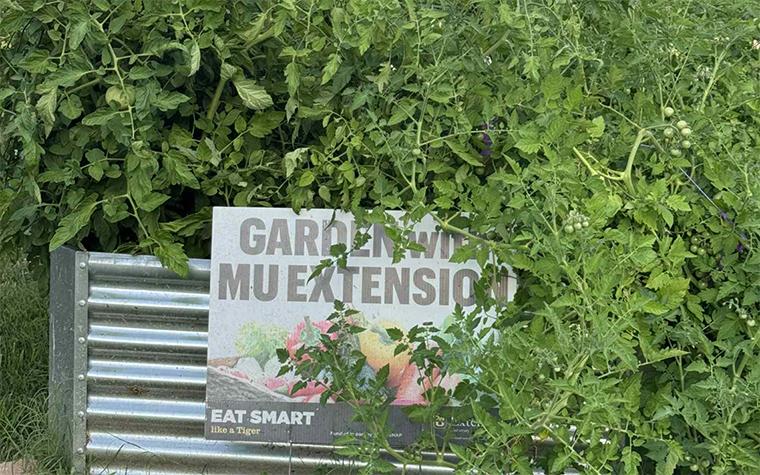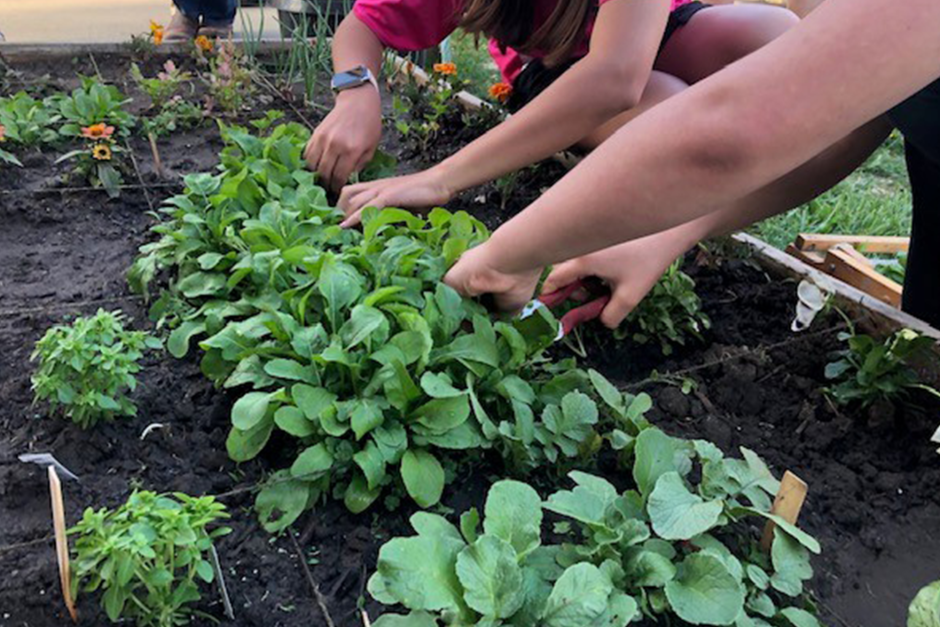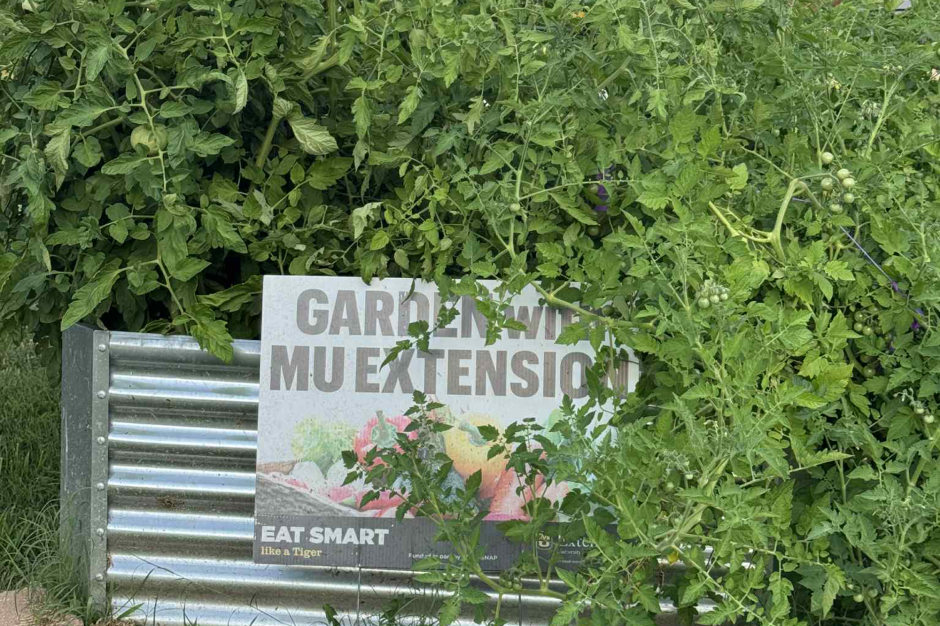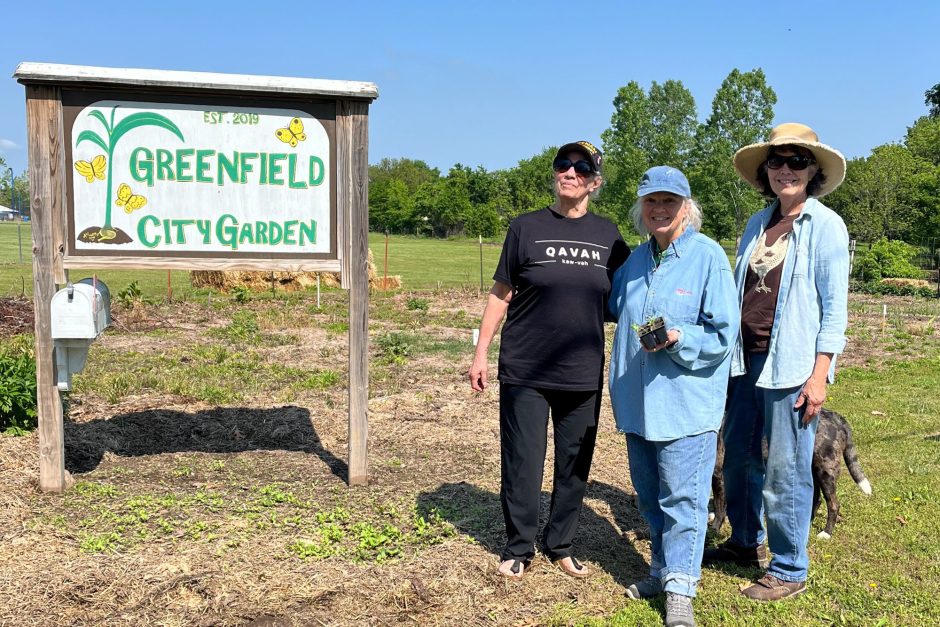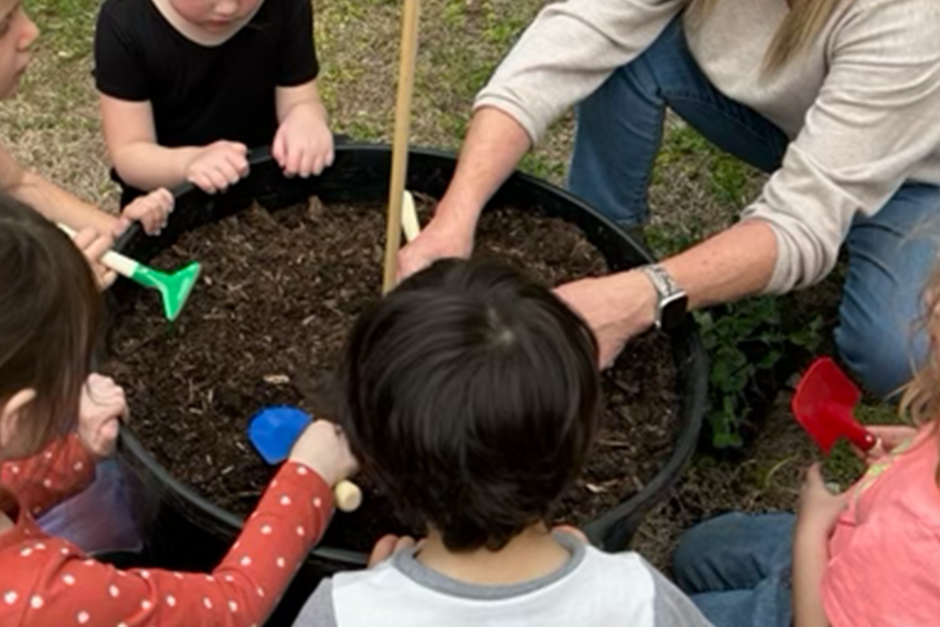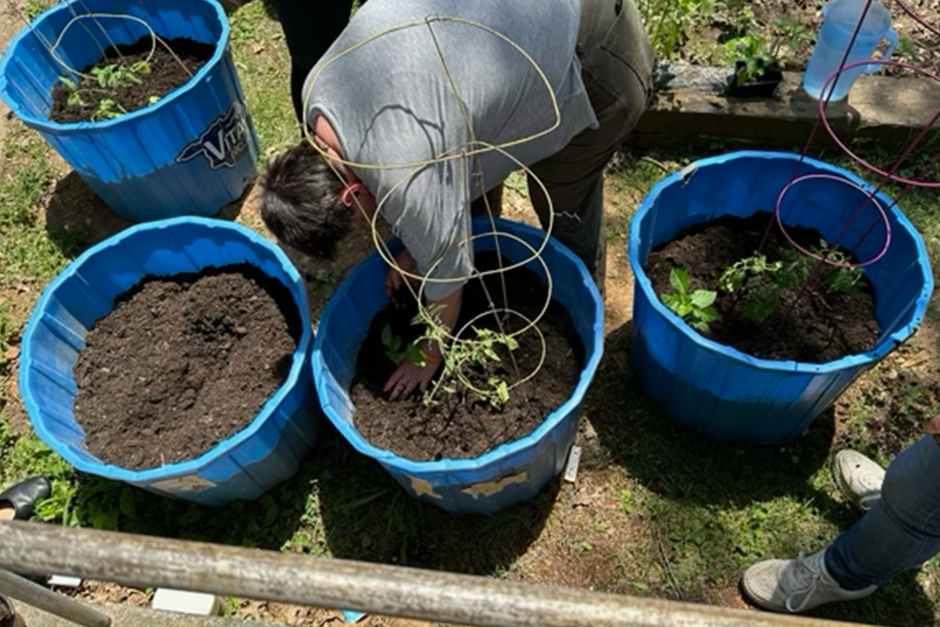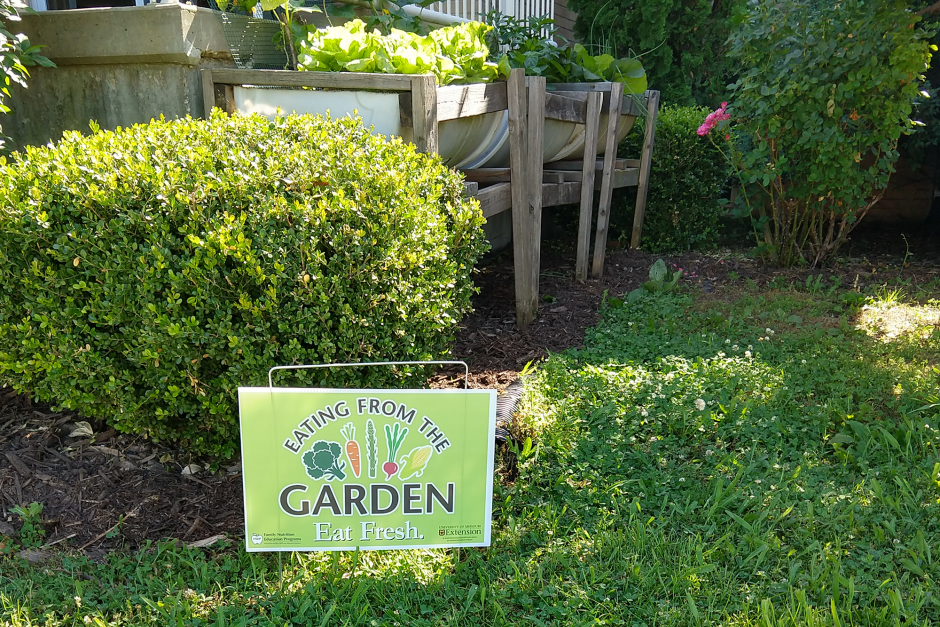Community gardens help grow connections and tackle food insecurity.
Originally posted by Show Me Mizzou.
Community gardening is far more than just the harvest. While rows of vegetables and blooms may hold promise, the real growth happens in the moments and spaces between — in shared tools and tasks, in conversations over compost piles and in the quiet collaboration of planting something with a neighbor. Community gardening is about cultivating people — fostering relationships, navigating group dynamics, planning together and weathering all the rewards and challenges that come with working the land together.
That’s why University of Missouri Extension has long been committed to supporting communities across Missouri as they plant seeds of connection — one garden at a time.
“One unique aspect of each community garden is that local communities decide how the produce is distributed,” Jo Britt-Rankin, extension professor in the College of Health Sciences, said. “Most of the gardens support school or agency food-service programs, while others share the produce among garden participants or with the broader community. Some donate to local food pantries.”
MU Extension supports up to 900 community gardens per year across the state through infrastructure development or educational programs.
And while these gardens provide opportunities for personal connections, they also help reduce food insecurity and expand access to fresh produce, especially in rural areas where access to retail grocers, farmers markets and direct-sale farms might be limited. Each garden yields at least $600 worth of produce annually, totaling more than $540,000 in annual value. Last year, an average of 38 individuals and families received produce from each garden. Many families also learn gardening techniques and go on to grow their own home gardens based on what they’ve learned.
So far this year, MU Extension’s Jefferson Farm and Garden Extension and Education Center has sent more than 20,000 bedding plants to community farms — and is on track to send another 10,000 by the end of the year. The total value of these plants would amount to $150,000, Britt-Rankin said.
MU Extension also supplied seeds and other essential items such hand tools, hoses, portable garden sheds, soil and water systems. Much of the support was made possible through Community Development Block Grants from the Missouri Department of Social Services.
These gardens are a part of MU Extension’s Policy, Systems and Environment work, which is aimed at ensuring all Missourians have access to essential health resources—like nutritious food, health education and walkable neighborhoods.
Community gardens may be a single tract of land tended by multiple community members or on land divided into individual or family plots. Most of the gardens supported by MU Extension last year were located at schools, early childhood centers and community centers.
Here are seven community gardens across the state that are thriving:
A community garden in Cass County
Clearwater Elementary School Community Garden in Piedmont
Greenfield City Garden
Red Roof Early Childhood Learning Center and Child Care Consulting community garden in Neosho
Restorative Life Center community garden in Neosho
Rolla Community Garden

Nevada community garden in Vernon County
